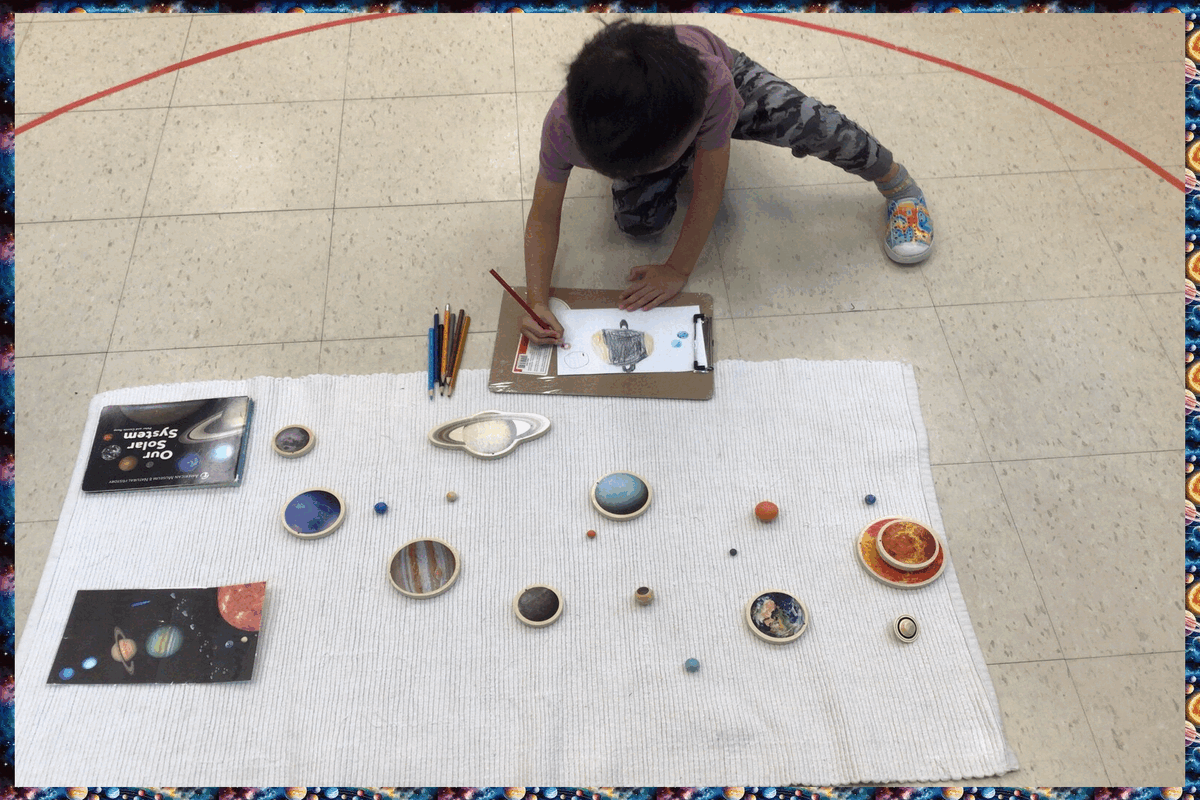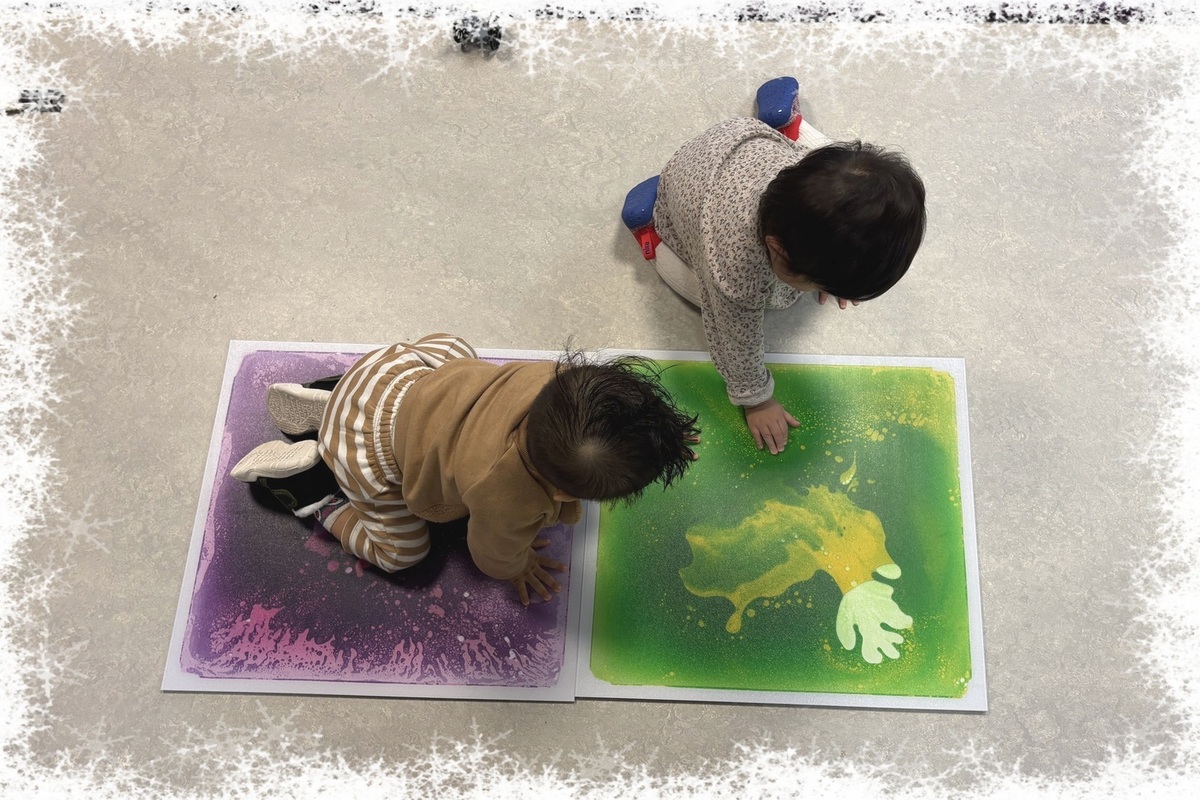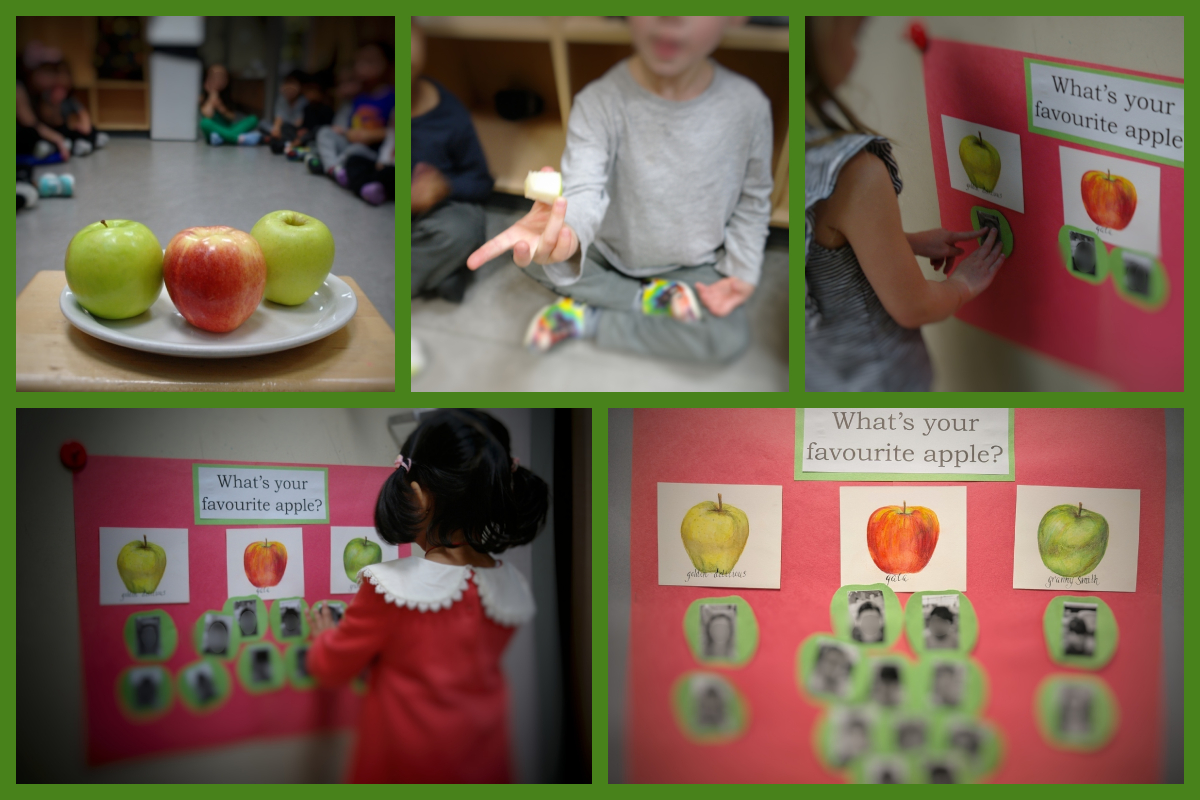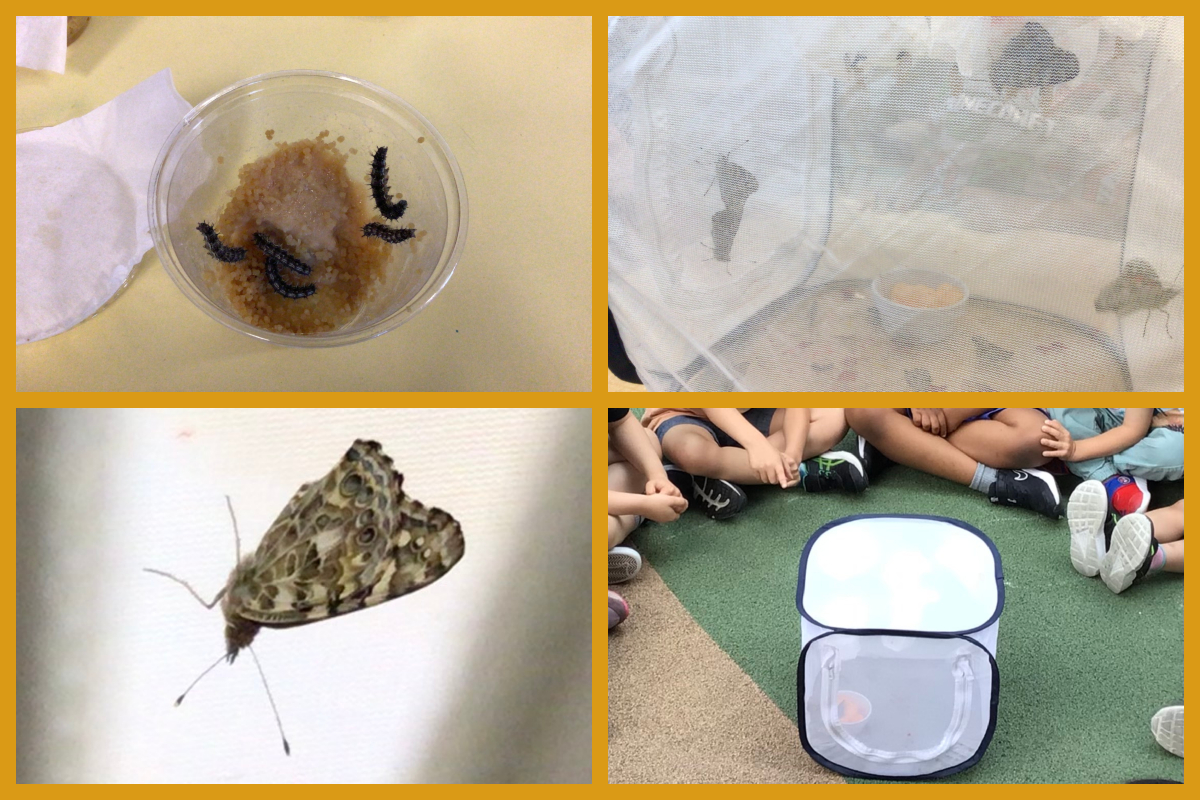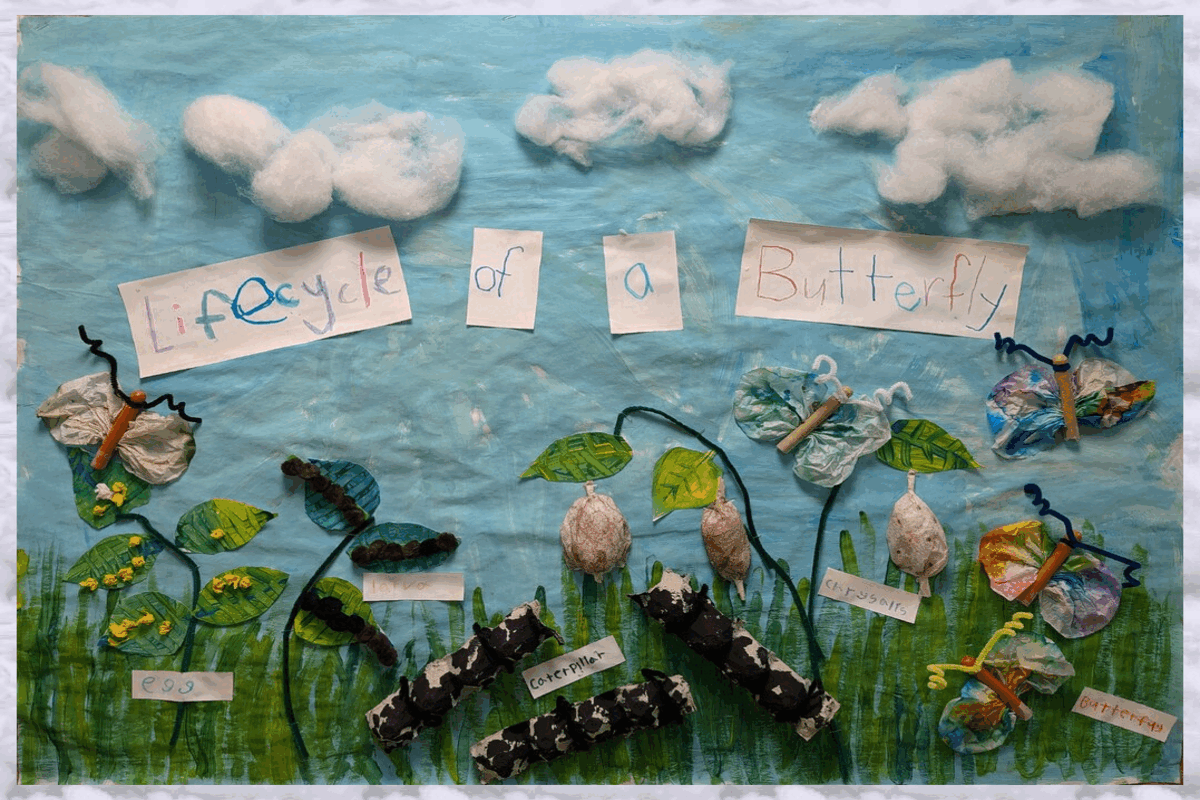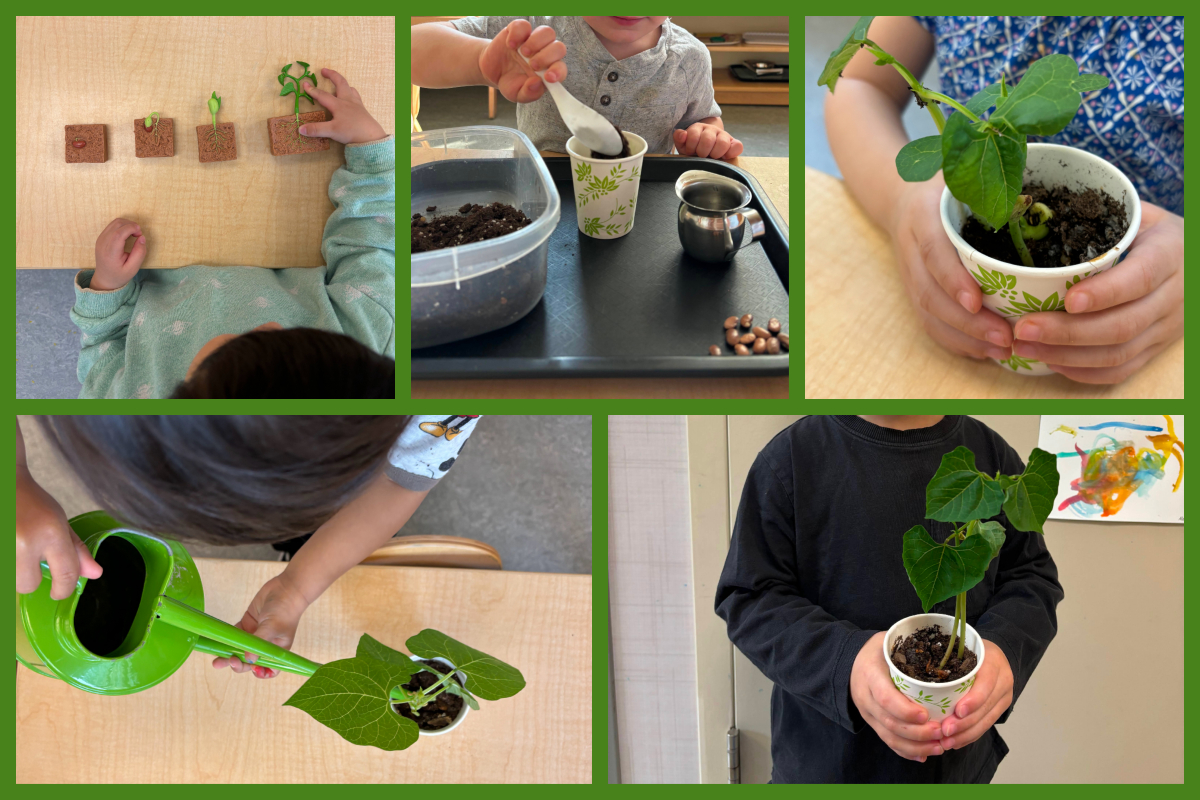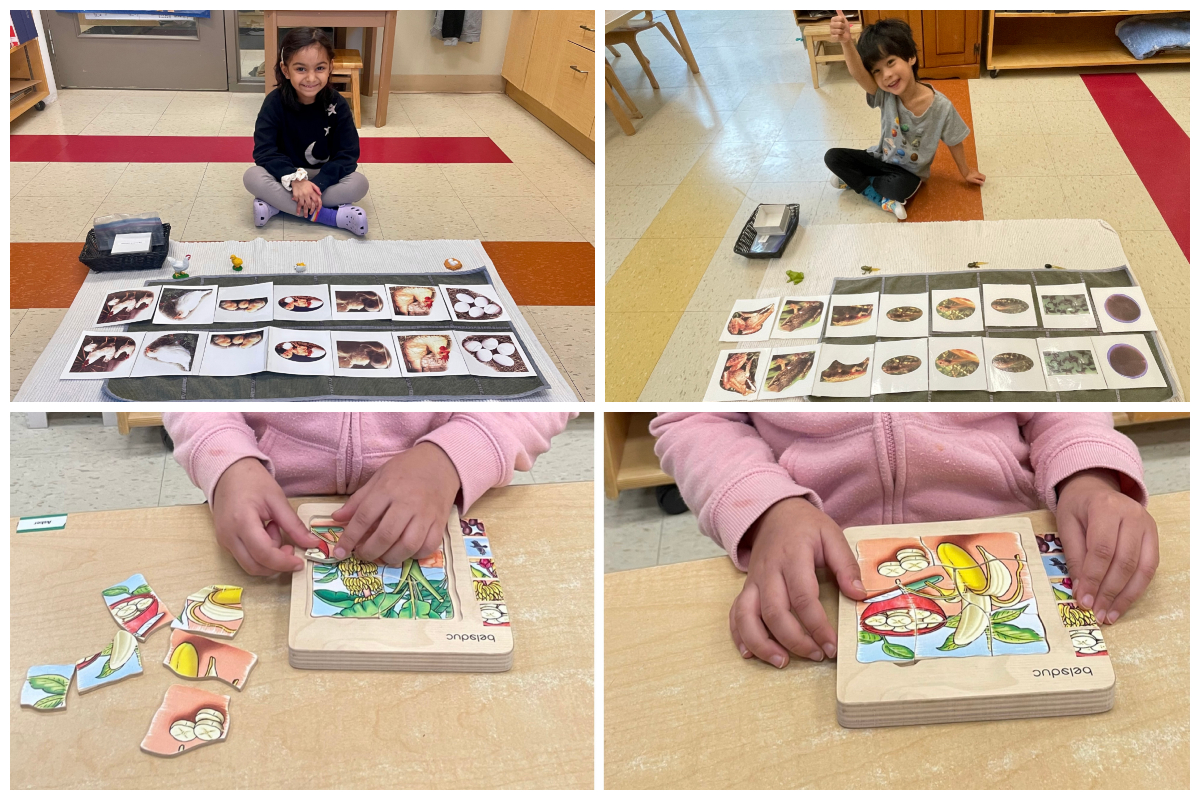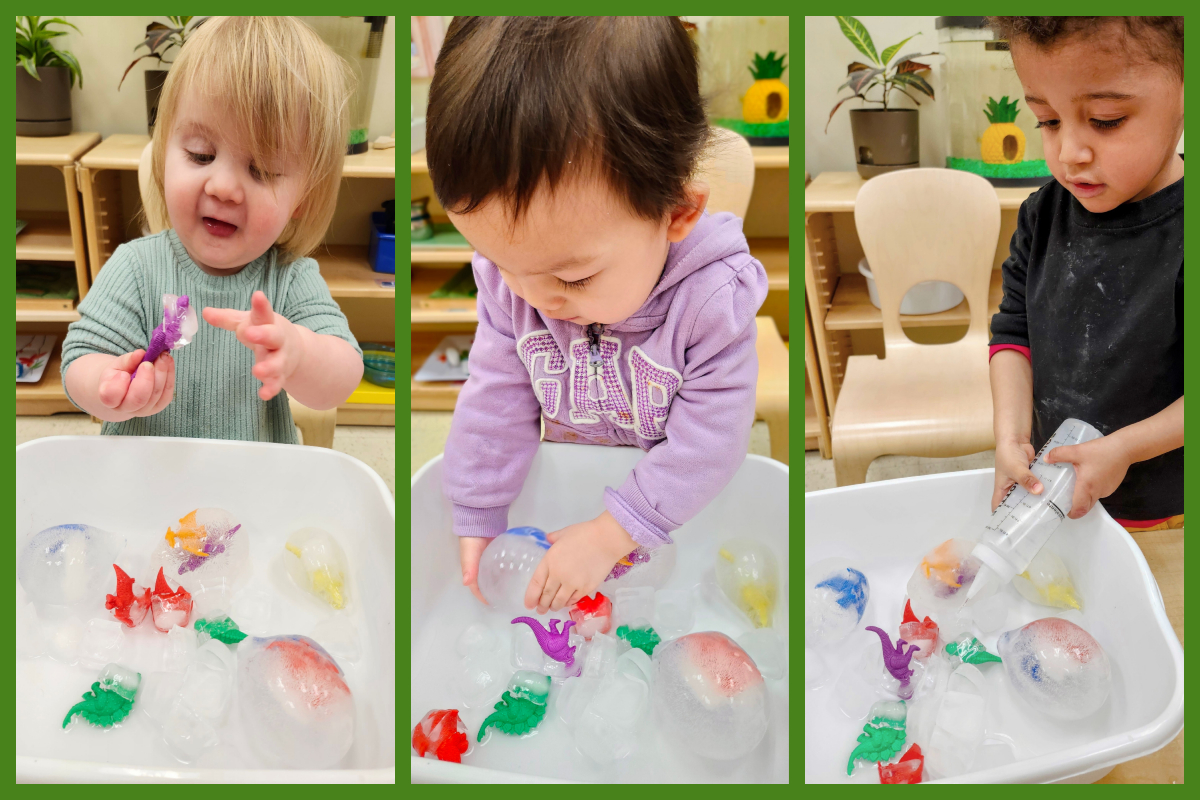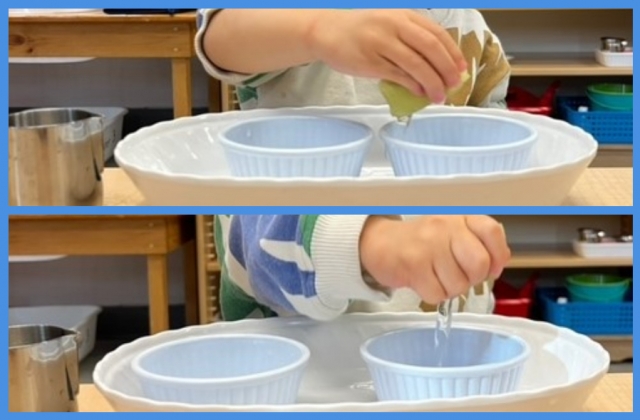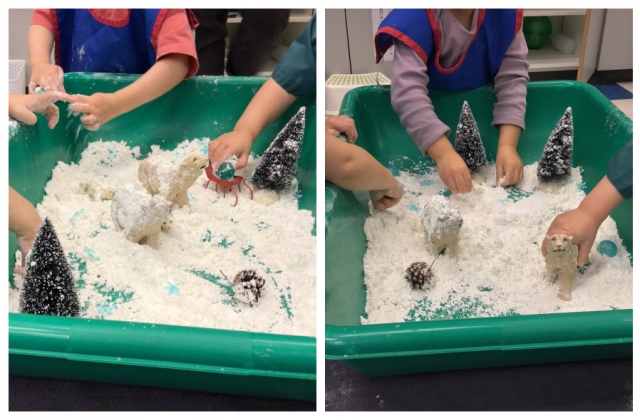Solar System
The solar system is a very popular topic within the classroom. The child is invited to work with the solar system activity where they can learn about planets, asteroids, comets, and other interesting facts about space. In this image, the child arranged the planets in order from their distance from the sun, and followed up with their own drawing of the solar system.
View
